Hair Thinning, and How to Prevent It
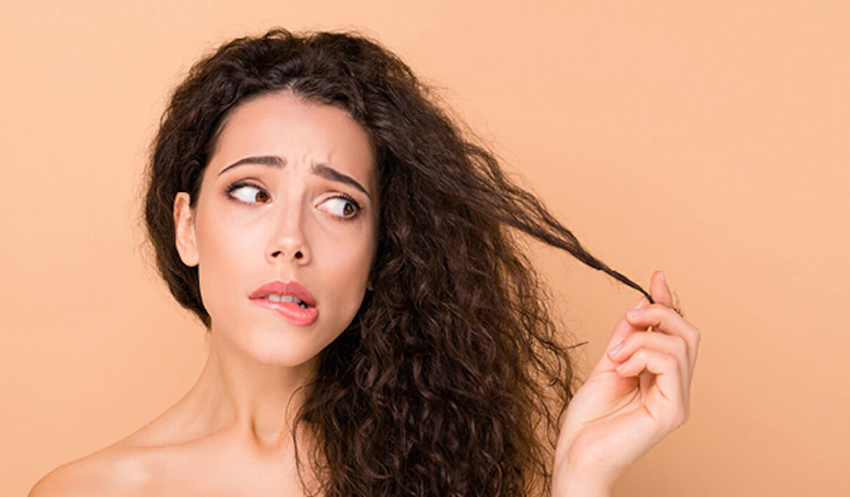
Many people think of hair loss as a male problem, but it actually affects at least a third of women too.
Why do we lose our hair and what can we do about it?
Hair is made up of many protein strands. The life span of a hair strand is anything between 2 to 7 years. Your genes determine a lot about how much hair we have on our heads and bodies. On average, men and women lose approximately 100 hairs a day. With ageing, hair strands become smaller and lose their pigment, some strands just don’t grow anymore and so our hair becomes thinner.
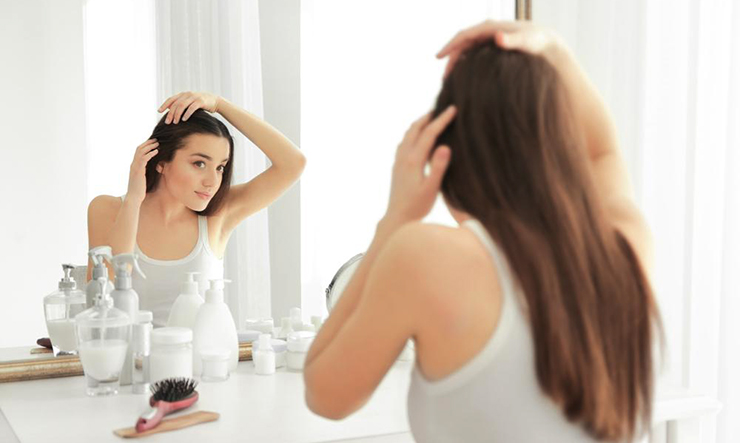
Hair loss can be caused by so many reasons including genetics.
The most common genetic condition is known as female-pattern hair loss or Androgenic Alopecia. Women with this condition notice a widening of the parting on the top of their head, which usually begins in their 40’s.
Tension Alopecia: happens when there’s repetitive tension on the hair follicle which compromises its ability to produce and sustain long, strong, healthy hair strands. Often seen on people who have regular hair extensions – the obvious solution is to stop getting them but if you choose to continue then be kind to your hair and resist the idea of ‘slicking or braiding your hair back so tight and go for a change.
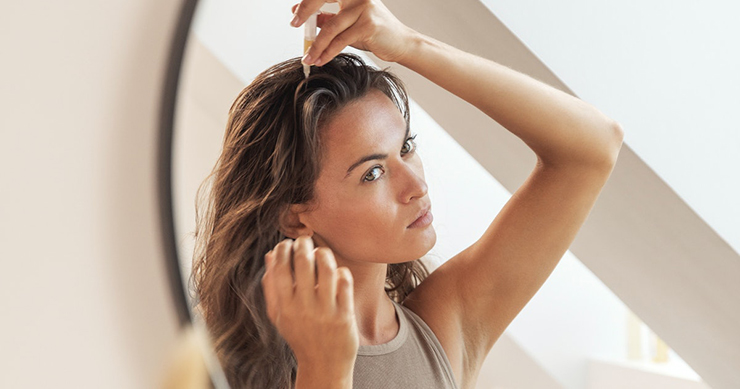
Change in Seasons: research has discovered that hair loss can be seasonal for some people. Summer and winter months can be really damaging to the hair, and most problems are to do with hydration. Sun and salt water can be harmful, leading to faded colour, split ends and a brittle, dry texture. Frequenting in and out of a chlorinated pool can strip colour and treatments right out of the hair and cause it to look dull and dehydrated.
Approximately 10% of a person’s hair can go into a resting phase called Telogen, when hair can fall out. Women apparently experience slightly higher rates of Telogen during the month of July, which, in turn, sees the effect of hair falling out in mid-October or November.
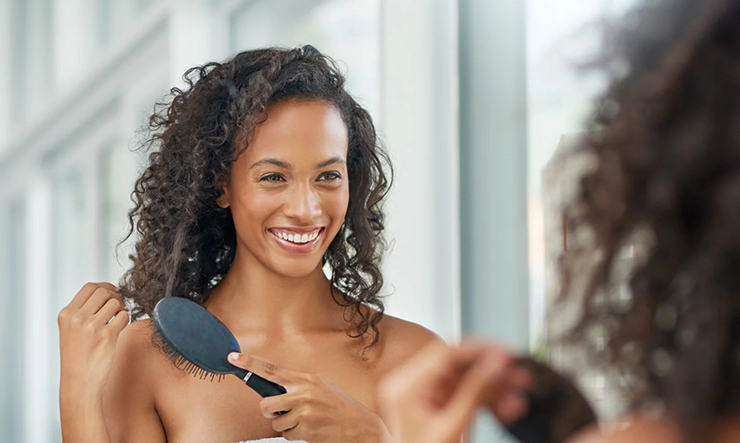
Having regular trims keeps your hair healthier in general. The longer you leave it in between cuts the more likely it is to split and break, especially at the ends. Trimming your hair can ensure your hair looks healthier. TIP: Spray some water on your hair before you go into the pool or ocean too, as it adds an extra layer of coating. This means, when you go swimming, your hair is less likely to absorb 100% of the chlorinated or salty water.
Heat tools and aggressive styling can be another cause of hair loss. Dry heat from dryers and straightening or curling irons applied to hair weakens the hair shaft.
It’s highly recommended for everyone to use heat hair tools that have a temperature gauge, so you can lower the temperature for more delicate hair. This causes less stress to the hair shaft. Avoid going over the same section of hair numerous times.

Use a detangling spray together with a wide-tooth comb to minimise breakage. This technique is especially useful for fine or curly hair, as you can counteract the knots and tangles that cause breakage without compromising the condition.
Dyeing your hair too often, especially if you are using bleach, can also lead to hair loss. Over-processed hair will generally snap off and break due to hair being damaged by the chemicals for too long. This causes the hair to completely lose its elasticity. This also makes thinning more obvious.
Try taking a break from colouring for a month or so to see if it’s the prominent cause of your hair loss.
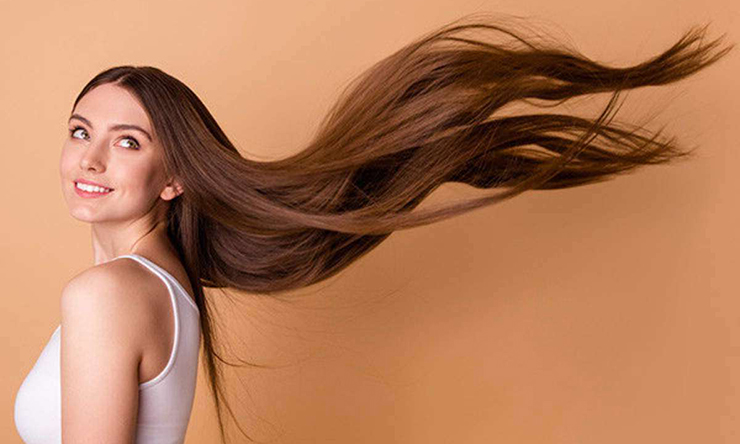
Lifestyle: Stress can have an impact on your general wellbeing, and your hair. It raises the levels of cortisol, the stress hormone that triggers the natural fight-or-flight response, altering hormone levels that can then impact the health of your scalp.
Thinning hair could be a sign of Vitamin D and B12 deficiency or a lack of protein in your diet. Protein keratin is what provides strength and structure to hair. A change of diet to ensure it contains enough protein and iron could be a good move. Try adding more omega-3 oils found in oily fish like salmon, and seeds including chia and flax into your meals. Focus on getting the right nutrients from food first and foremost, but hair supplements can also be helpful. Supplements containing biotin, keratin, collagen peptides, hyaluronic acid, all the alphabetic vitamins, or any combination of the above can help your hair to begin growing back longer and stronger.
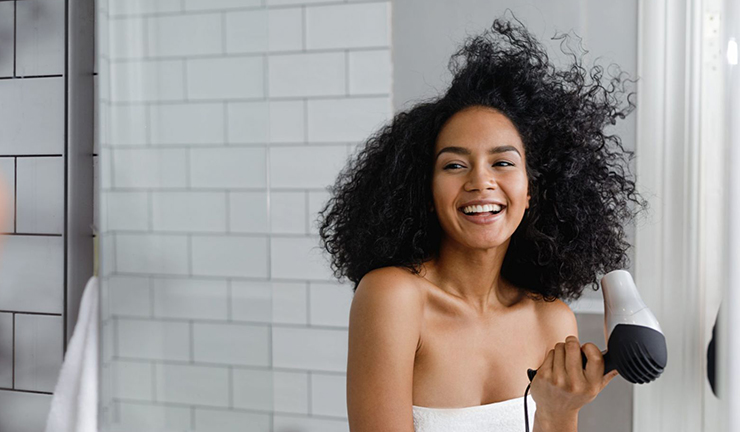
Consistency with the supplements and committing to taking to them daily for at least six months is key. Not all hair growth supplements are vegan-friendly, so you will need to check whether they are if you are a vegan. We recommend Viviscal, Perfectil, Renew Glow, Nutrafol, Rejuvenated UK, and a new one called V Hair Vitalics.
Pregnancy: Women can sometimes lose hair during pregnancy. For some women, the transition triggers telogen effluvium (TE), aka stress-induced hair loss. In response to shock, trauma, or stress, your body places 30% or more of your hair into a shedding phase, taking your usual daily hair loss from 100 strands to 300. TE usually resolves itself within a few months. It’s also common for women to lose more hair than usual up to three months after giving birth. This is caused by the rise in hormones during pregnancy.
There are also a few other treatments available for certain types of hair loss including minoxidil (Rogaine). It increases blood flow to the hair follicles, which stimulates and prolongs hair growth. Used for both men and women, there are different formulas for each sex.

Another is platelet-rich plasma (PRP) injections. For this treatment your blood is drawn, divided into its separate components which is then recombined with a high concentration of platelets (structures in the blood that help with clotting, among other functions), then introduced back into the scalp.
Hair transplants are a surgical procedure that moves active follicles from the back of the scalp to areas where the hair is thinning. Once transplanted, the hair grows normally. This procedure has become very sophisticated and highly successful.
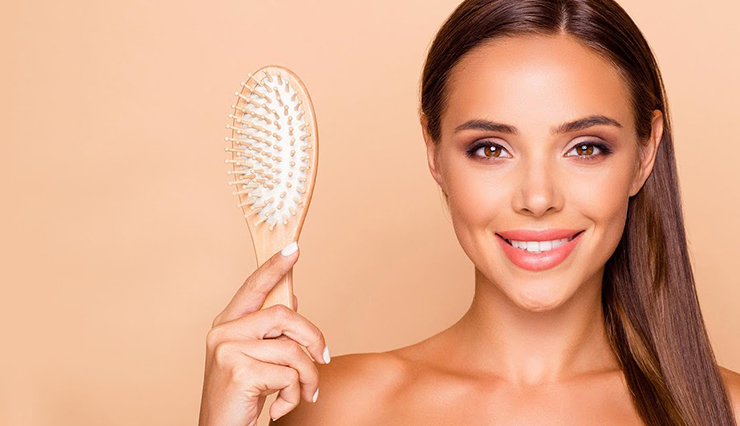
What haircuts should you have if your hair is thinner or thinning?
Generally, if you have finer hair, it’s not recommended trying to grow it long. The longer it gets, the weaker the hair gets and so it can tend to look lank and straggly on the ends. There’s nothing worse than long hair that doesn’t look healthy.
Neil Moodie

